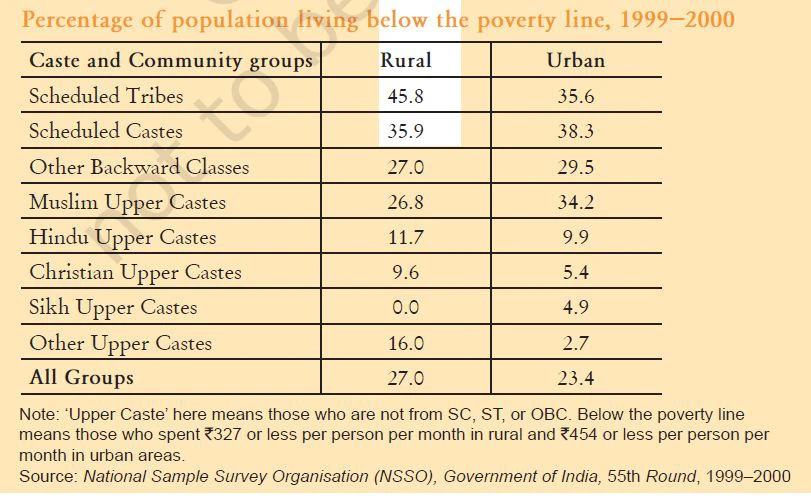![]() 25 Nov 2023
25 Nov 2023
Religion, communalism, and politics are intricately linked in India. While the Indian Constitution upholds secularism, religious diversity often becomes a tool in political mobilization. Communalism, the exploitation of religious identities for political gain, has fueled tensions and even violence.
Global Perspectives on Religion in Politics and the Call for Equality
Examining Communal Politics and the Risks of Religious Supremacy in Elections

Conclusion:
<div class="new-fform">
</div>